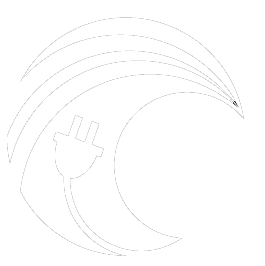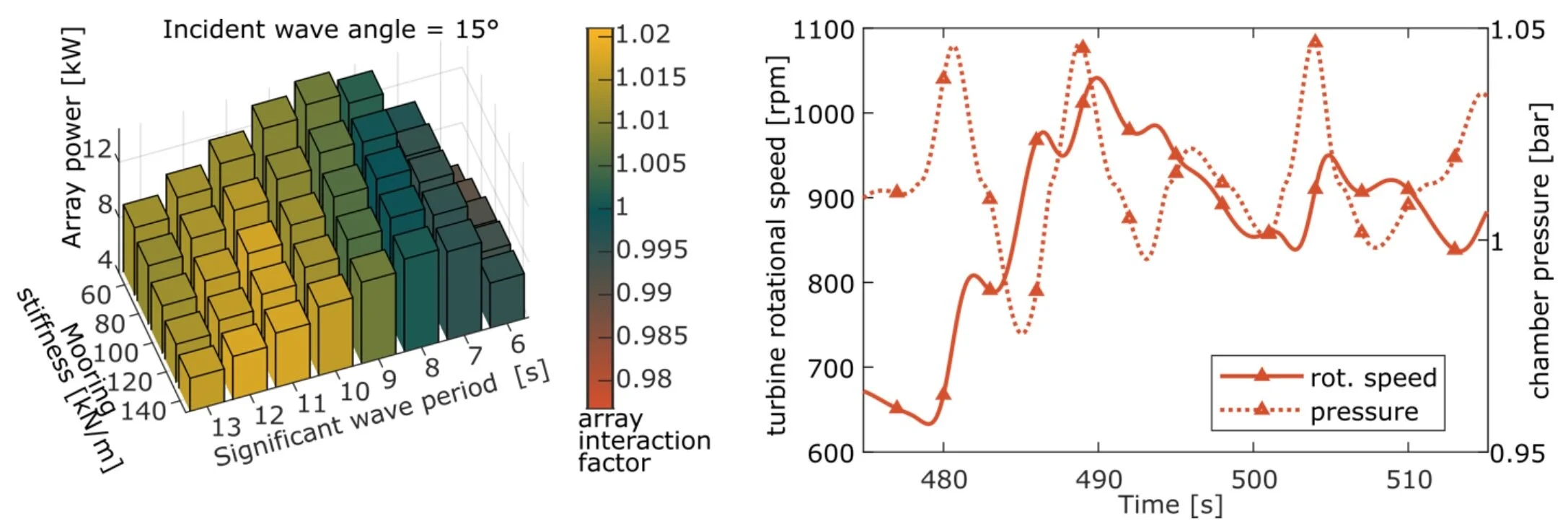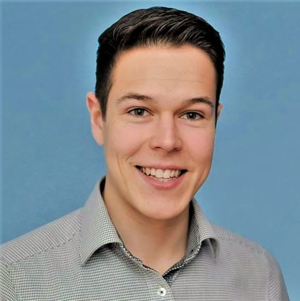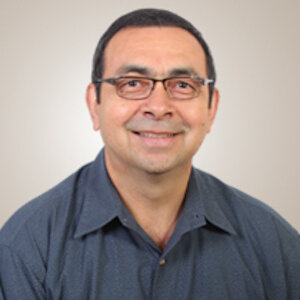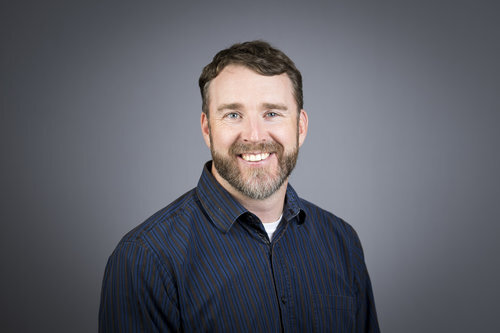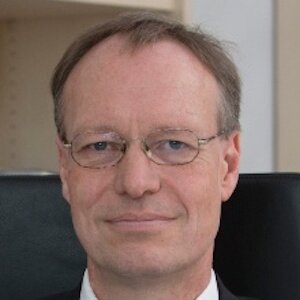Project Motivation:
For wave energy converters to generate enough electricity to meet significant energy demands they will most likely need to be deployed in arrays, similar to wind and solar farms. However, when dozens or more such devices are grouped together in the ocean, the interactions between them effect the energy they generate. As a result, it’s important to model and understand the potential tradeoffs that will lead to optimal layouts and controls for various kinds of wave energy farms.
One promising wave energy technology is the oscillating water column (OWC) device where the relative motion between the water column and the surrounding floating device changes the air pressure and subsequently induces an air flow that spins a turbine at the top of the column to produce electricity. The associated hydrodynamics of an array of OWCs have not been fully analyzed however and present an important research challenge.
Summary:
This OWC array hydrodynamic model uses the specific geometry of the Oceantec Marmok-A-5 wave energy converter, a device that has been deployed off the coast of Spain. (photo: Navacel, figure: Gaebele et al.)
To optimize arrays of floating OWCs, researchers started by modeling the interactions between a general set of spar-shaped devices and then applied the model to a specific kind of device in a full-scale, realistic scenario. Using linear water wave theory they developed a method for modeling a set of MARMOK-A-5 floating OWCs, taking all hydrodynamics between them into account. Oceantec’s MARMOK-A-5 devices provide a good example of a floating OWC because they’ve been deployed and tested in real ocean conditions.
The resulting model hints at certain key factors to consider for array placement and provides a basis for development of advanced controls that maximize power development in a variety of conditions.
Current Results:
The simulation of the array power production shows that many factors including the wave climate influence the power capture and interactions between devices. The turbine is exposed to varying conditions during short periods of time resulting in strong variations in the turbine rotational speed. (credit: Gaebele et al.)
The initial modeling study has been published (see “more information” below). Future studies will look at control strategies for maximizing energy from OWC arrays in a variety of sizes and conditions.
Research Team:
More information:
State space model of an array of oscillating water column wave energy converters with inter-body hydrodynamic coupling. Gaebele, D.T., Magaña, M.E., Brekken, T.K.A., Sawodny, O. - Ocean Engineering (11/8/2019)
Sponsor:
This research is supported by the National Science Foundation (Award Number: 1711859).
Banner photo credit: Oceantec, http://www.oceantecenergy.com/
Last updated: January 30, 2020
